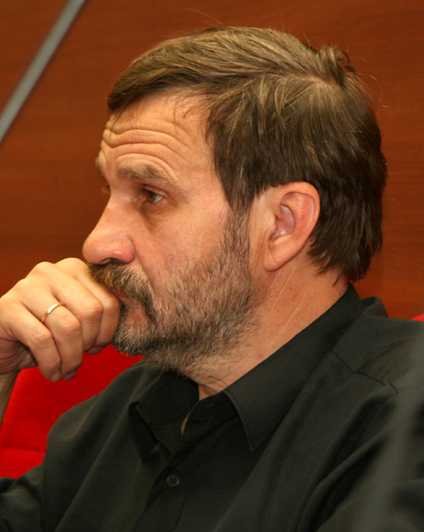Year: 2006 Pages: 13
In this paper we pay attention to the inconsistency in the derivation of the symmetric electro-magnetic energy-momentum tensor for a system of charged particles from its canonical form, when the homogeneous Maxwell's equations are applied to the symmetrizing gauge transforma-tion, while the non-homogeneous Maxwell's equations are used to obtain the motional equation. Applying the appropriate non-homogeneous Maxwell's equation to both operations, we have ob-tained a modified expression for the symmetric electromagnetic energy-momentum tensor. Analyzing its structure, we suggested a method of ?gauge renormalization?, which allows transform-ing the divergent terms of classical electrodynamics (infinite self-force, self-energy and self-momentum) to converging integrals. The obtained electromagnetic energy-momentum tensor has been applied to a phenomenological description of the classical electron. We found that such a description can be done in the Lorentz invariant form at the scale less than the classical radius of the electron. In particular, we explicitly determined the expressions for the mass parameters M, MEM and MP, where M, MEM are the mechanical and electromagnetic masses of classical elec-tron, correspondingly, and MP stands for the mass parameter, associated with the ?Poincar? stresses?. Further, we analyzed some other principal inferences of classical electrodynamics after the ?gauge renormalization?. We have found that the motional equation obtained for a non-radiating charged particle does not contain its self-force. The motional equation for a radiating particle does not yield any ?runaway solutions?. It has been shown that the energy flux in a free electromagnetic field is guided by the Poynting vector, whereas the energy flux in a bound elec-tromagnetic (EM) field is described by the generalized Umov's vector, defined in the paper. The problem of linear EM momentum is also examined.


